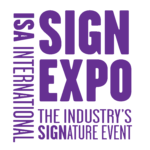How well a sign works for your business depends in large part on how easy it is for people driving or walking by to see and read it. For maximum readability a sign must be detectable, conspicuous, legible and comprehensible. The following is a guide for making sure your sign can be seen and read in time for potential customers to react and stop at your business.
DESIGNING A SIGN
Creating an effective sign involves careful design. It must take into consideration specific elements, such as your logo, fonts, and colors, as well as general principles like readability and traffic patterns. If you have hired a graphic artist to create your specific elements, you likely will need the expertise of a professional sign designer to assist.
Sign design is about much more than merely making the sign look good. Size, placement, lighting, and more are involved, and all must fit the needs of your building location.
Professional sign companies will understand all of this, of course. However, it’s important for you to have a basic working knowledge of sign design and lighting requirements so that you can better communicate with your sign company.
SIGN PLACEMENT
If a sign is mounted on the front of the building parallel to the roadway, research shows it needs to be at least 70% larger than the sign mounted perpendicular to the roadway, or it cannot be read in time.
(Source: Richard N. Schwab entitled Safety and Human Factors: Design Considerations for On-Premise Commercial Signs, cosponsored and published by The Signage Foundation for Communication Excellence Inc. and the International Sign Association, 1998)
The figures in the below table can help determine whether your prospective business site will be visible to customers. For example, if the speed of traffic in front of the site is 30 mph, and the street has two lanes in each direction so that a lane change is needed, your customers will need to be able to see and read your sign from 410 feet away.
Minimum Required Legibility Distances in Varying Situations
| Speed (MPH) | With Lane Change (in feet) | Without Lane Change (in feet) |
|---|---|---|
| 25-30 | 410 | 155 |
| 35-40 | 550 | 185 |
| 45-50 | 680 | 220 |
| 55-60 | 720 | 265 |
| >65 | 720 | 280 |
If your customers would not be able to see your business sign from that distance, you may want to consider another location for your sign or even your business.
Depending on regulations, you can also consider another sign element such as an awning, window graphics, tented sign, or other elements that can provide visibility to passing customers.
SIGN DIMENSIONS
Assuming the sign can be seen from the distance listed in the table above, the next step is to figure out how large the letters on your sign need to be so that your message can be read.
Experts recommend designing signs with letters a minimum of one-inch (1″) tall for every twenty-five feet (25′) of distance. This makes them readable for all legal drivers. In our example, then, the smallest letters on a sign would be 16.4 inches in height if it were to be read from 410 feet away (assuming 30 mph traffic moving in two lanes in each direction).
Note that if your sign is using fancy lettering that is more difficult to read, the minimum letter size must be increased significantly. It’s not recommended to use fancy or script lettering. A sign needs to be functional as well as aesthetically appealing.
A sign that is small and plain with no graphics will not be effective. Size is a vital component to a sign being a successful marketing tool for you. Take into consideration typography, the ability of graphics and logos to be easily recognized, whether the words on the sign are familiar and easy to read (if a sign has unfamiliar words or lots of words it will take longer to read), the lighting elements, and colors (both lettering and background). All of these factors impact people’s ability to see and read a sign.
SIGN ILLUMINATION
An effectively lit sign allows it to be visible and readable day and night, in all kinds of weather. When a sign is illuminated, drivers can read it more quickly. Another benefit of an illuminated sign is that 24-hours a day it is advertising your business. Even when your business is closed – your business is being seen by potential customers.
Lighting provides visibility at night as well as adds unique features for your sign…think neon or LED.
Signs are generally illuminated by one or a combination of three basic methods:
- Lamps mounted outside the sign and oriented to shine on the sign’s face,
- Internal illumination that shines through the sign’s face, or
- Illuminated elements such as exposed bulbs, LEDs, or neon-style tubing.
A wide variety of illumination methods are available, and rapidly developing technology is creating a virtually unlimited variety of possibilities, many of which are very economical to install and maintain, as well as being energy-efficient. Again, this is where your sign, graphics and visual communications company partner can help advise you on the latest products available.
Your sign’s illumination can also impact the colors you chose. When you select the color scheme for your business, you should consider your sign’s illumination options at the same time. Some businesses want their sign’s colors to match their print and other media advertising exactly. Some forms of illumination are much better than others at accurately displaying color. If accurate portrayal of your business’s colors is important, you should choose an illumination source with a high Color Rendering Index (CRI) rating.
Be sure to read ISA’s Sign Brightness Recommendations before designing your sign. A properly lighted sign should be bright enough that it can compete with other signs in the area without being annoying. Many cities are beginning to impose limits on brightness, so before designing a sign you should check to see what those limits might be to determine whether your sign will be visible at night.






